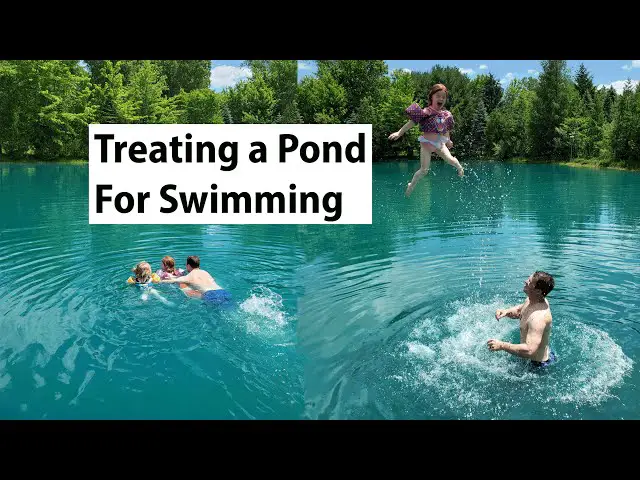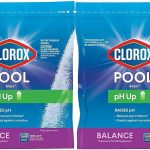Swimming in a pond can be a refreshing and enjoyable experience, but it’s important to ensure that the water is safe and clean before taking a dip. In this guide, we will discuss how to treat a pond for swimming, so you can enjoy a worry-free and pleasant swim in natural surroundings.
Step 1: Assess the Water Quality
Before you start treating the pond, it’s crucial to assess the water quality. You can do this by conducting a simple water test to check for pH levels, bacteria, and other contaminants. This will help you determine the current condition of the water and what treatments are needed.
Step 2: Remove Debris and Algae
One of the first steps in treating a pond for swimming is to remove any debris, leaves, and algae that may be present in the water. Use a skimmer or a pond vacuum to clean the surface and bottom of the pond, ensuring that the water is clear and free of any visible contaminants.
Step 3: Balance the Water Chemistry
Properly balancing the water chemistry is essential for maintaining a healthy pond environment. Test the water for pH levels and adjust them as needed using pH increasers or decreasers. It’s also important to monitor and adjust the alkalinity and hardness of the water to create a balanced environment for swimming.
Step 4: Add Beneficial Bacteria
Beneficial bacteria play a crucial role in maintaining water quality and keeping the pond clean. Adding beneficial bacteria products to the pond can help break down organic matter, reduce algae growth, and improve water clarity. These products are safe for swimmers and aquatic life.
Step 5: Use Natural Algaecides
If algae growth is a concern in your pond, consider using natural algaecides to control and prevent algae blooms. Natural algaecides are eco-friendly and safe for swimmers, pets, and wildlife. They can help keep the water clear and free of excessive algae growth.

Credit: creativepumps.com.au
Step 6: Install Aeration Systems
Aeration systems help improve water quality by circulating and oxygenating the water. Installing a fountain, waterfall, or aerator can help prevent stagnation, reduce odors, and promote the growth of beneficial bacteria. Aeration systems also help maintain a healthy ecosystem in the pond.
Step 7: Regular Maintenance
Regular maintenance is key to keeping your pond in top condition for swimming. Schedule routine cleanings, water tests, and treatments to ensure that the water remains safe and clean. Remove any debris, leaves, and algae regularly to prevent issues and maintain water clarity.

Credit: m.youtube.com
Step 8: Safety Precautions
When treating a pond for swimming, it’s important to take safety precautions to protect yourself and others. Ensure that there are no sharp objects or hazards in the water, and always supervise children and inexperienced swimmers. Consider installing safety features such as fences or alarms to prevent accidents.
Conclusion
By following these steps and guidelines, you can treat your pond for swimming and create a safe and enjoyable swimming environment. Remember to regularly test the water, remove debris, balance the water chemistry, and maintain the pond to ensure that it remains clean and inviting for swimmers. With proper treatment and care, you can enjoy a refreshing swim in your pond while surrounded by the beauty of nature.





